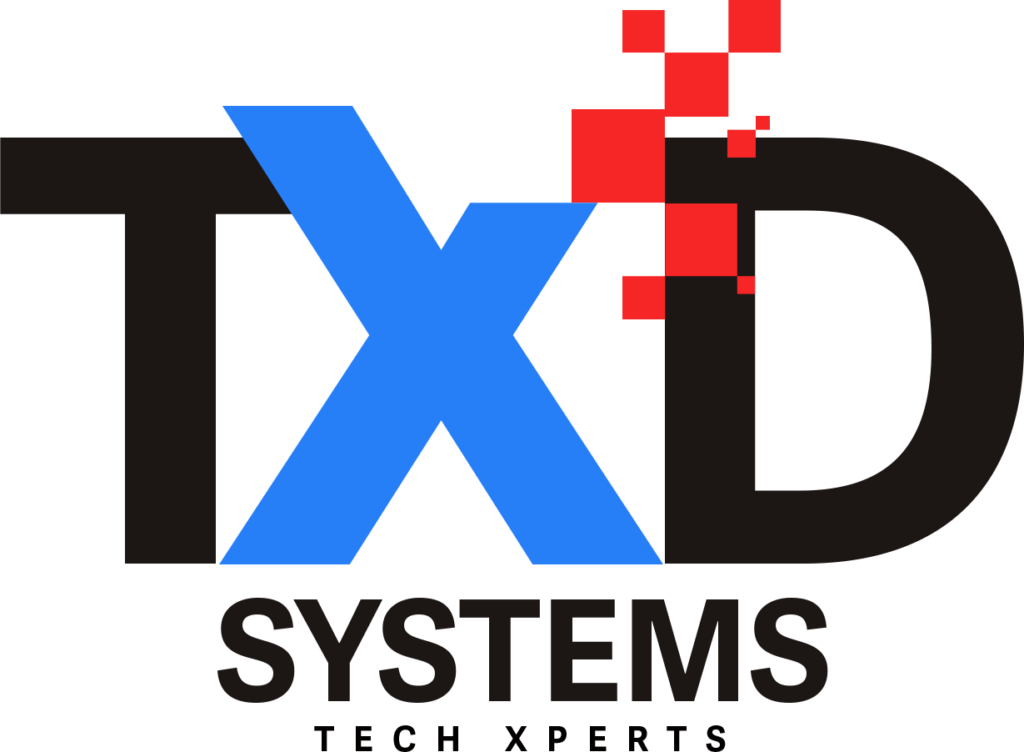
IT Outsourcing Services are an efficient way to deliver IT solutions to any business on a global scale.
The business approach to information management has changed drastically in the last decade. Enterprises are reaching out for digital transformation solutions in order to keep up with the rapidly-changing modern times. In this context, IT infrastructure outsourcing services stand out for their ability to help companies get an edge over the competition.
By outsourcing IT services, any organization can shift its focus towards its core competencies and obtain otherwise unavailable resources. This way, the in-house IT staff—if there is one—has some weight taken off their shoulders, allowing them to tackle other critical issues.
At TXD Systems, we work with the Top 1% of Tech Talent to provide the highest-quality IT Outsource Services in the industry. Our engineers bring tailored-fit solutions to the table to help our clients mitigate risks, reduce launch times, increase flexibility, and boost innovation.
When outsourcing IT infrastructure, you’re handing over the management of your IT systems to an external provider. There are several reasons why you might want to do that, from lack of time to an existing skills gap in your IT team. Be that as it may, outsourcing can often be the smartest choice.
TXD Systems has the capacity to provide high-quality IT Infrastructure Outsourcing Services to enterprises of all sizes and industries. Through them, we can help your business design, create, and manage your IT Infrastructure Outsourcing needs in a cost-effective way.
A service-level agreement (SLA) defines the level of service you expect from a vendor, laying out the metrics by which service is measured, as well as remedies or penalties should agree-on service levels not be achieved. It is a critical component of any technology vendor contract.
SLAs are an integral part of an IT vendor contract. An SLA pulls together information on all of the contracted services and their agreed-upon expected reliability into a single document. They clearly state metrics, responsibilities and expectations so that, in the event of issues with the service, neither party can plead ignorance. It ensures both sides have the same understanding of requirements.
